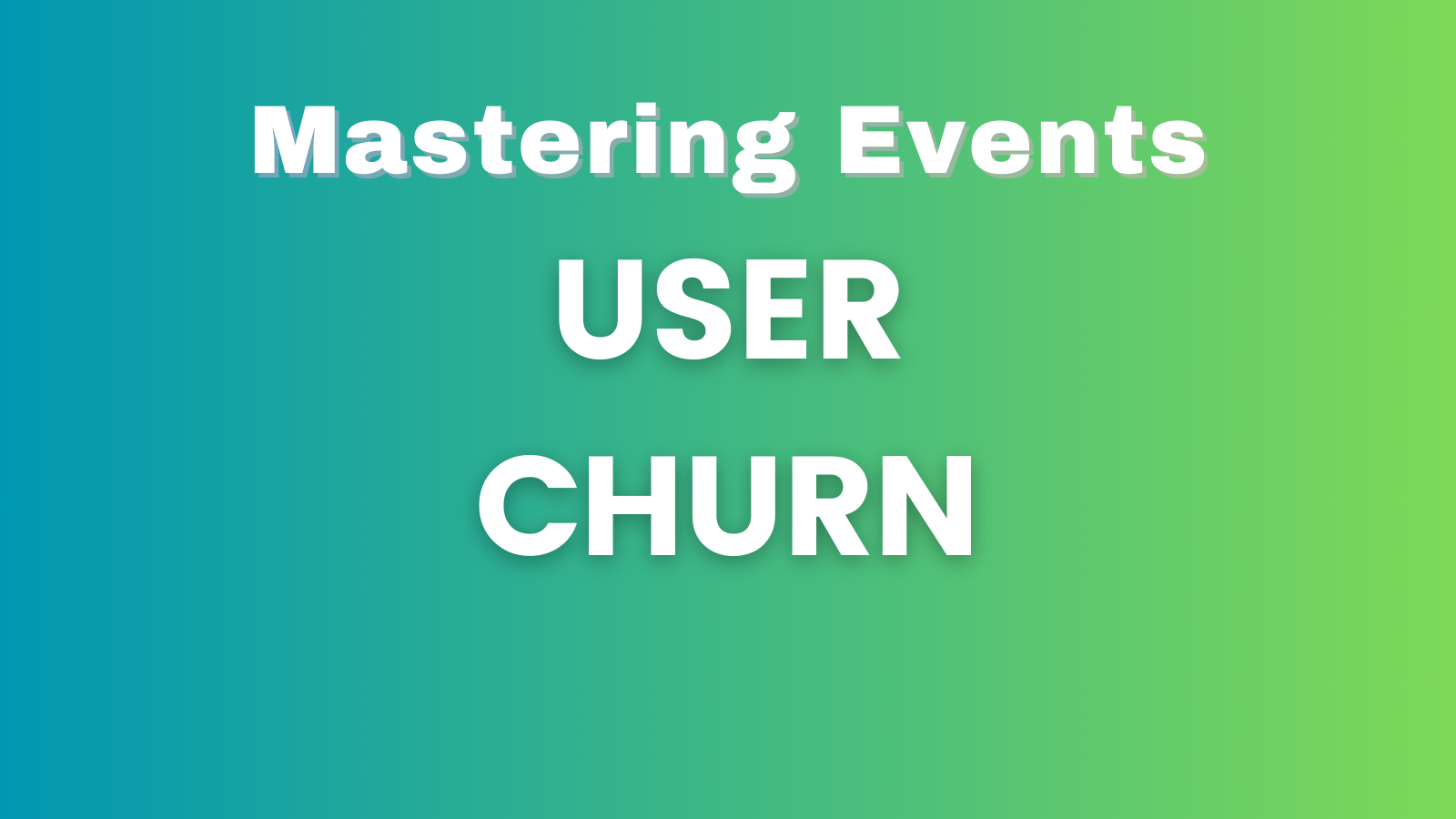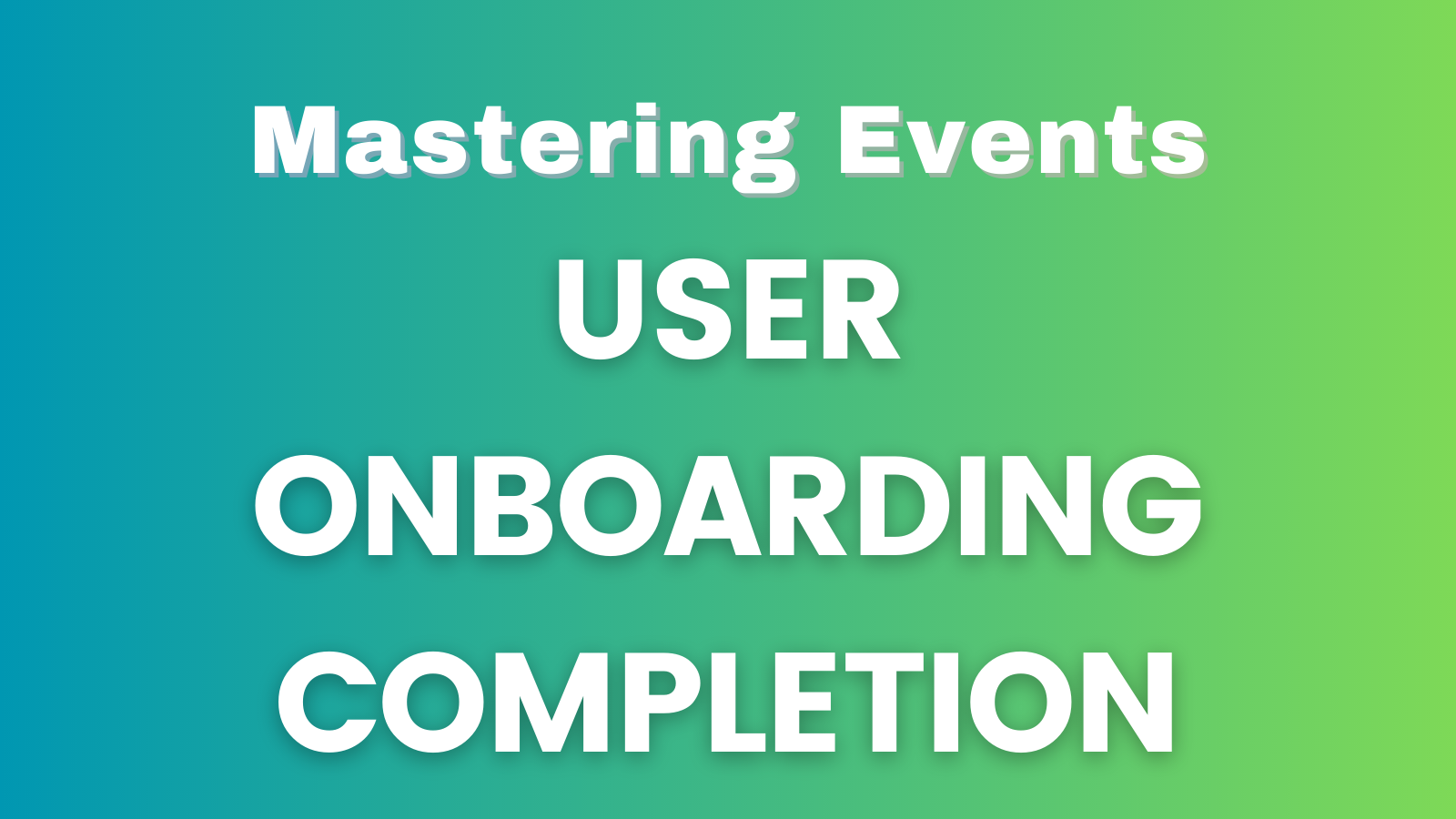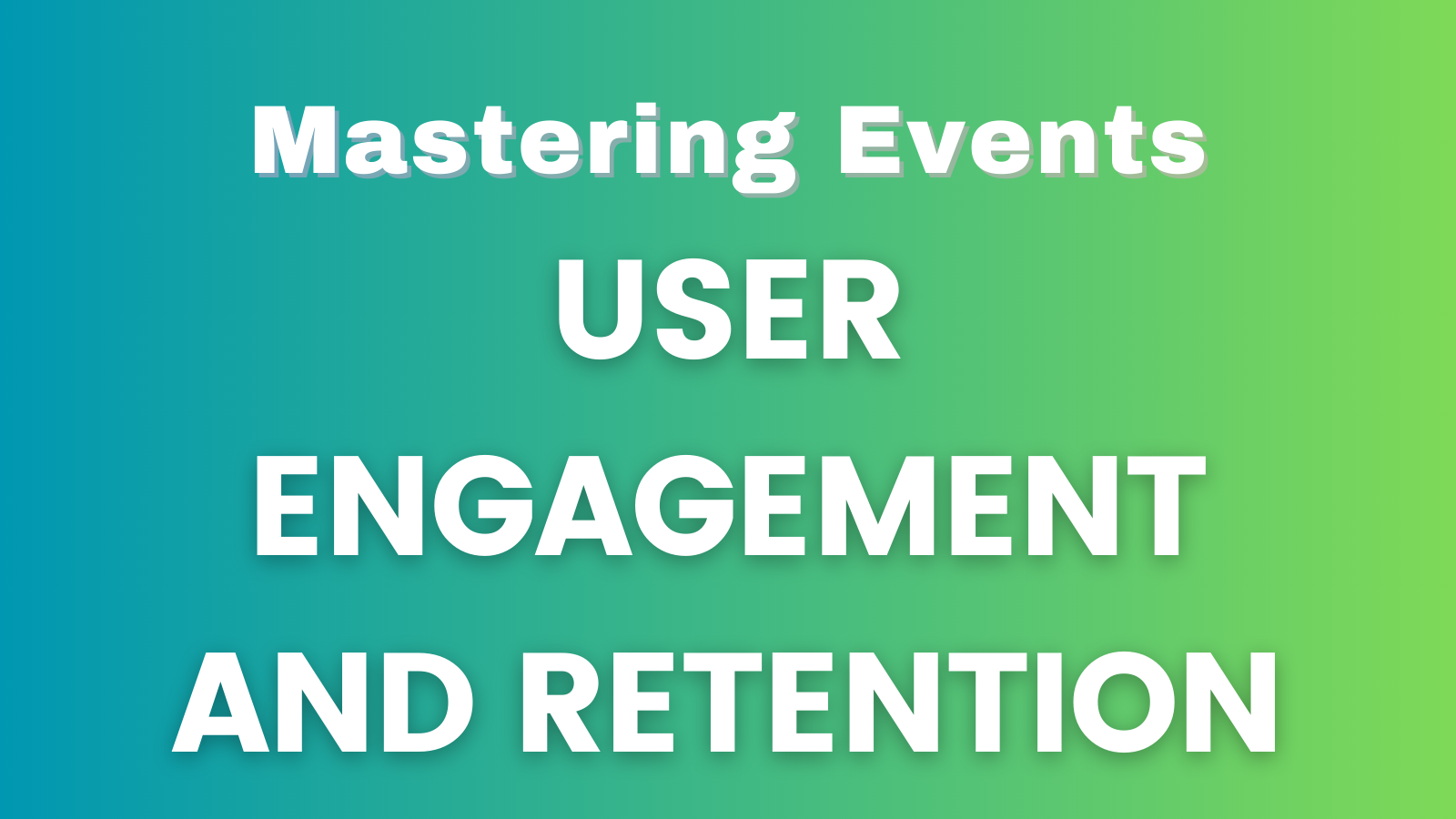User churn, often referred to as customer attrition, is a critical metric that measures the rate at which customers or users discontinue using a product or service over a specific period. In this article, we’ll explore the concept of user churn, strategies for reducing churn rates, and real-world examples that shed light on effective retention techniques.
The Impact of User Churn
User churn is a significant concern for businesses across industries. High churn rates can result in lost revenue, reduced customer lifetime value, and increased marketing costs as you work to acquire new customers to replace those you’ve lost. Understanding why users churn is crucial for devising effective strategies to retain them.
Example: Subscription-based services like Netflix monitor user viewing habits to predict churn. If a user suddenly stops watching content they used to enjoy, it could indicate dissatisfaction or changing preferences. Netflix can then intervene with personalized recommendations to re-engage the user and prevent churn.
Strategies to Reduce User Churn
- Proactive Communication: Regularly engage users with relevant content, updates, and offers. By staying top-of-mind and providing ongoing value, you can minimize the chances of users forgetting about your product. Example: LinkedIn sends users personalized notifications about job opportunities and industry news. By delivering content that aligns with users’ interests, LinkedIn keeps users engaged and reduces the likelihood of them discontinuing their use of the platform.
- Enhance User Experience: Continuously improve your product’s user experience based on feedback and user behavior. A seamless and user-friendly experience encourages users to stick around. Example: Airbnb prioritizes user experience by offering detailed property listings, secure payment options, and responsive customer support. These features contribute to a positive user experience, fostering loyalty and reducing churn.
- Segmentation and Personalization: Tailor your communication and offerings based on user segments. Understanding the unique needs and preferences of different user groups allows you to provide targeted value and increase user satisfaction. Example: Amazon’s personalized recommendations and product suggestions are based on users’ browsing and purchase history. This level of personalization enhances the shopping experience and encourages users to continue using the platform.
Real-world Examples: Spotify’s Churn Reduction
Spotify, the popular music streaming service, actively employs strategies to reduce user churn. One notable example is their use of personalized playlists and notifications. When a user hasn’t engaged with the platform for a while, Spotify sends notifications with curated playlists based on their listening history, enticing them to return and discover new music.
Additionally, Spotify’s “Year in Review” feature showcases users’ most-played songs and artists, reinforcing their emotional connection to the platform. By leveraging personalization and nostalgia, Spotify not only reduces churn but also strengthens its user relationships.
Implementing Churn-Reduction Insights: Dropbox’s User Engagement
Dropbox, a cloud storage and file sharing service, faced high user churn due to limited engagement. To address this, they implemented a referral program where users could earn additional storage space by inviting friends to join. This strategy not only increased user engagement but also led to significant user growth, helping Dropbox combat churn effectively.
By providing users with tangible incentives to stay engaged and refer others, Dropbox transformed its user base into a network of advocates, thereby reducing churn and promoting long-term loyalty.
In conclusion, understanding user churn is crucial for maintaining a healthy customer base and sustaining business growth. By implementing strategies such as proactive communication, enhancing user experience, and leveraging personalization, you can reduce churn rates and foster lasting customer loyalty. Learning from real-world examples highlights the importance of targeted retention efforts that keep users engaged and satisfied. Remember, reducing churn isn’t just about retaining users; it’s about building strong relationships that benefit both your users and your business.
This article is part of the Mastering Events series.





